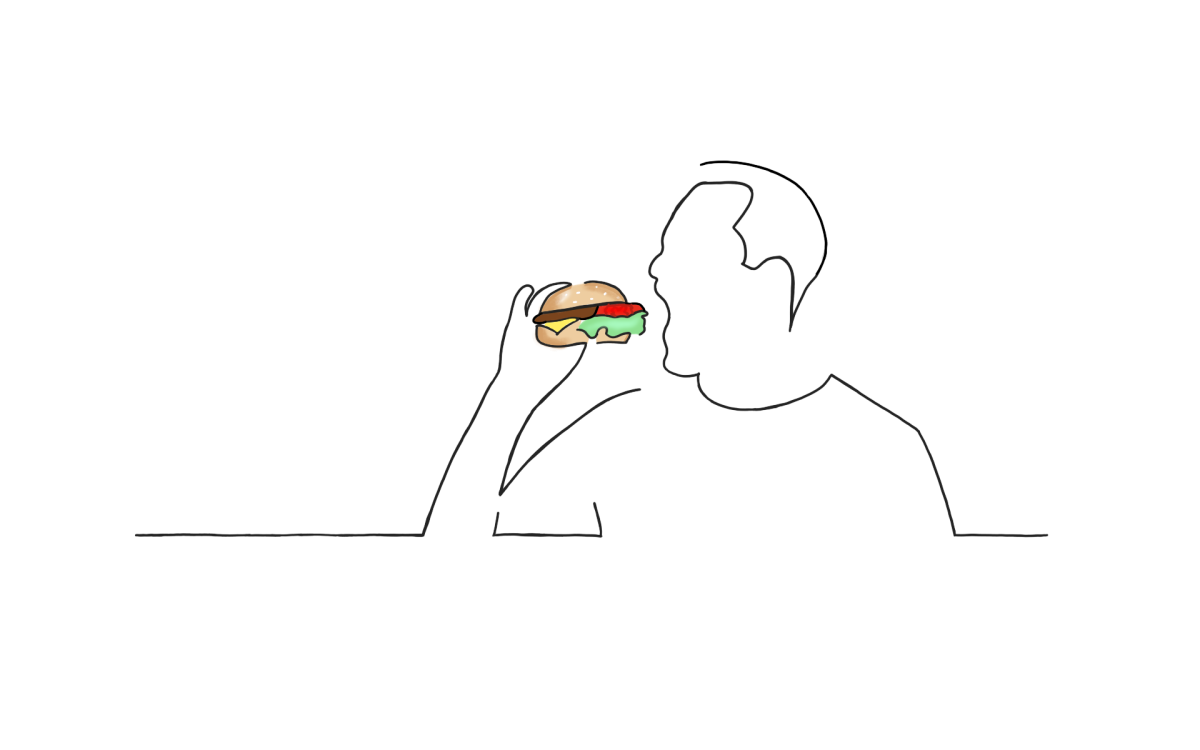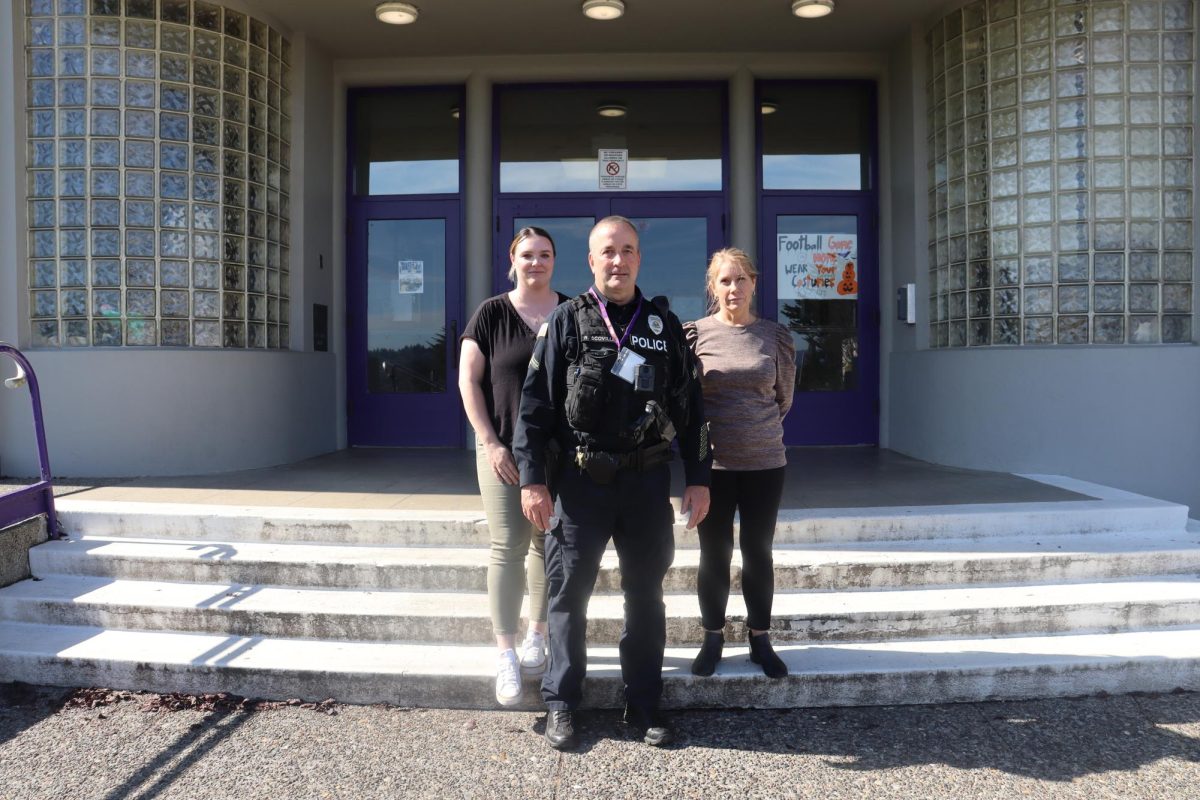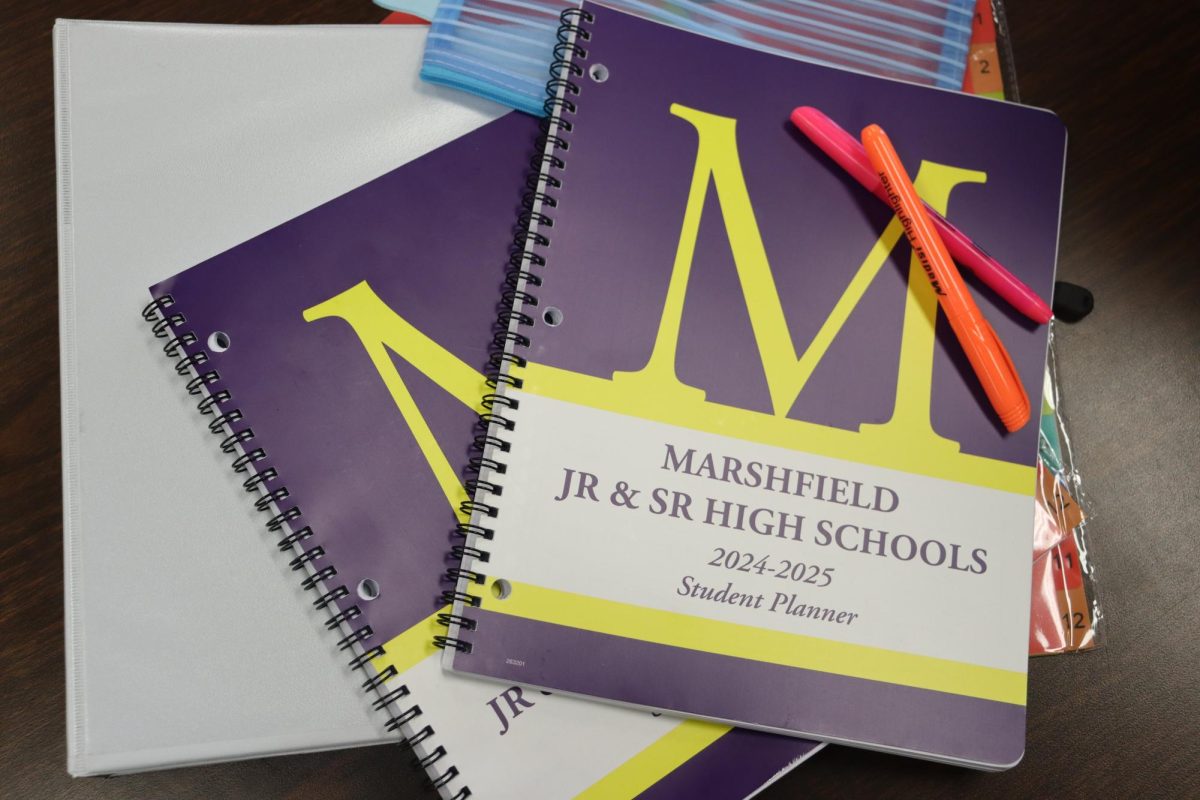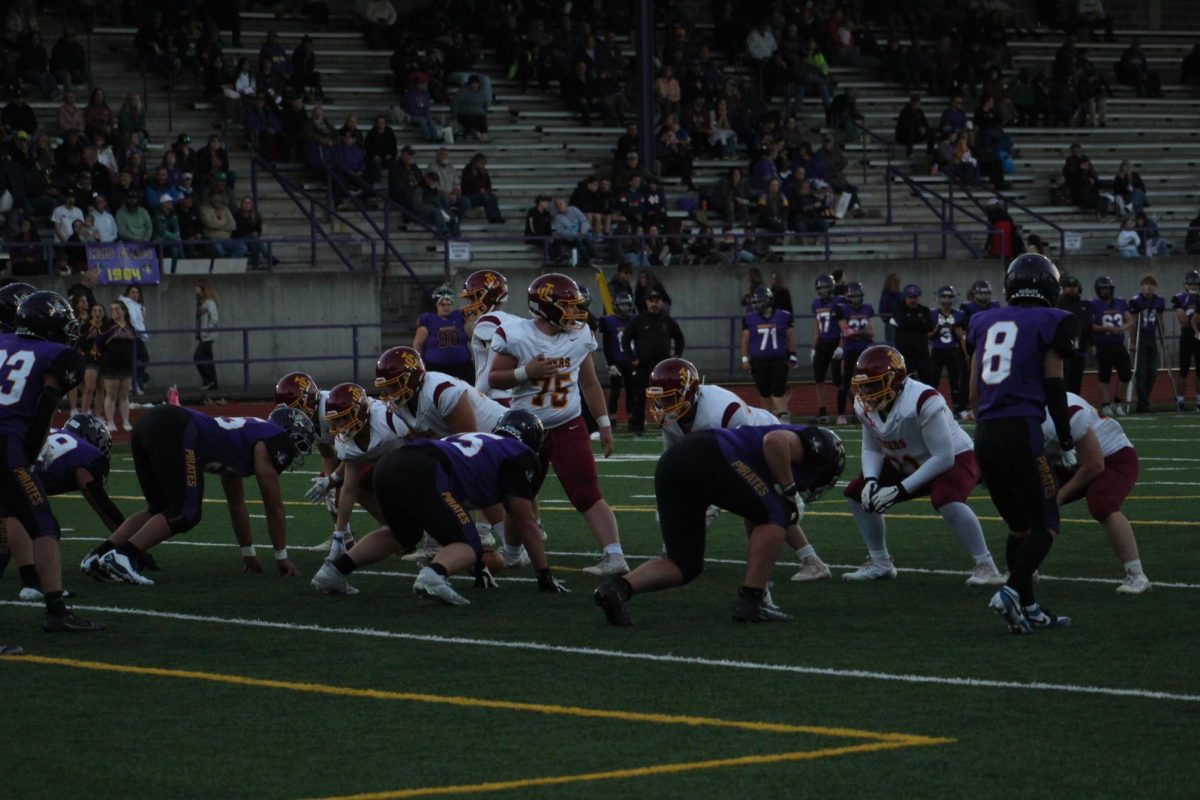Without language, mankind would have nothing.
This building block of human interaction has been taken for granted and shoved on the back burner behind what is considered the core curriculum students must learn. Math is universal, globes show the same earth and science is consistent throughout the world, but language is unique, and sadly, not stressed enough in American schools.
According to the American Council on the Teaching of Foreign Languages (ACTFL), only 18.5 percent of students K-12 are enrolled in foreign language courses. In 2008, the percentage of elementary schools providing classes dropped to 15 percent. Furthermore, in many cases, even if one takes four years of foreign language in high school, it is soon forgotten because it is not put to use or never fully understood.
It is easier to learn a variety of languages at an earlier age. “Critical-period plasticity” refers to a time during brain development when a skill is most easily attained. To put it into perspective, scientists David Hubel and Torsten Wiesel tested a kitten’s critical period in 1960s, when they sewed the eyelids shut on one eye of a kitten, hindering its vision. Its vision developed in the bare eye that was exposed to light while the other eye went blind. The critical-period for visual development occurred during the kitten’s adolescence, and when the opportunity for it to acquire a characteristic such as vision was taken away, it did not learn how to see.
Many Americans are blind to other languages. It is important to establish dexterity in the young generations of this country. The early development of cognitive structure in the brain has many other personal benefits; higher scores on standardized tests, a deeper understanding of one’s native tongue and a brain with more wrinkles. It opens the door to job opportunities, traveling experience, new cultures and essentially the world.
Some may think it is useless to know a language that is seldom used in their everyday life. For instance, only 500,000 students can speak Mandarin Chinese in the United States, according to the Global Language Project. Though some may see this as an impractical skill, roughly one billion people speak this language worldwide. Proper communication with other countries in the world is vital in this international economy. The United States is not the only country in the world; this earth is home to many other people with cultures and lives that matter too.
In comparison to other nations in the world, America is lagging behind. Out of all Europeans, 54 percent are able to converse in a language other than their native tongue, 25 percent can speak in two additional languages and 10 percent can speak four languages, according to the Eurobarometer of 2012. The American Community Survey Reports said only 21 percent of the population speak another language besides English at home in the United States. This staggering difference could mean more than just a linguistic advantage in the future. It is essential to build citizens in the United States to the best of their potential to keep this country a world power. Living in a small town with limited funding is not a reasonable excuse to tie a noose around the neck of our education.























